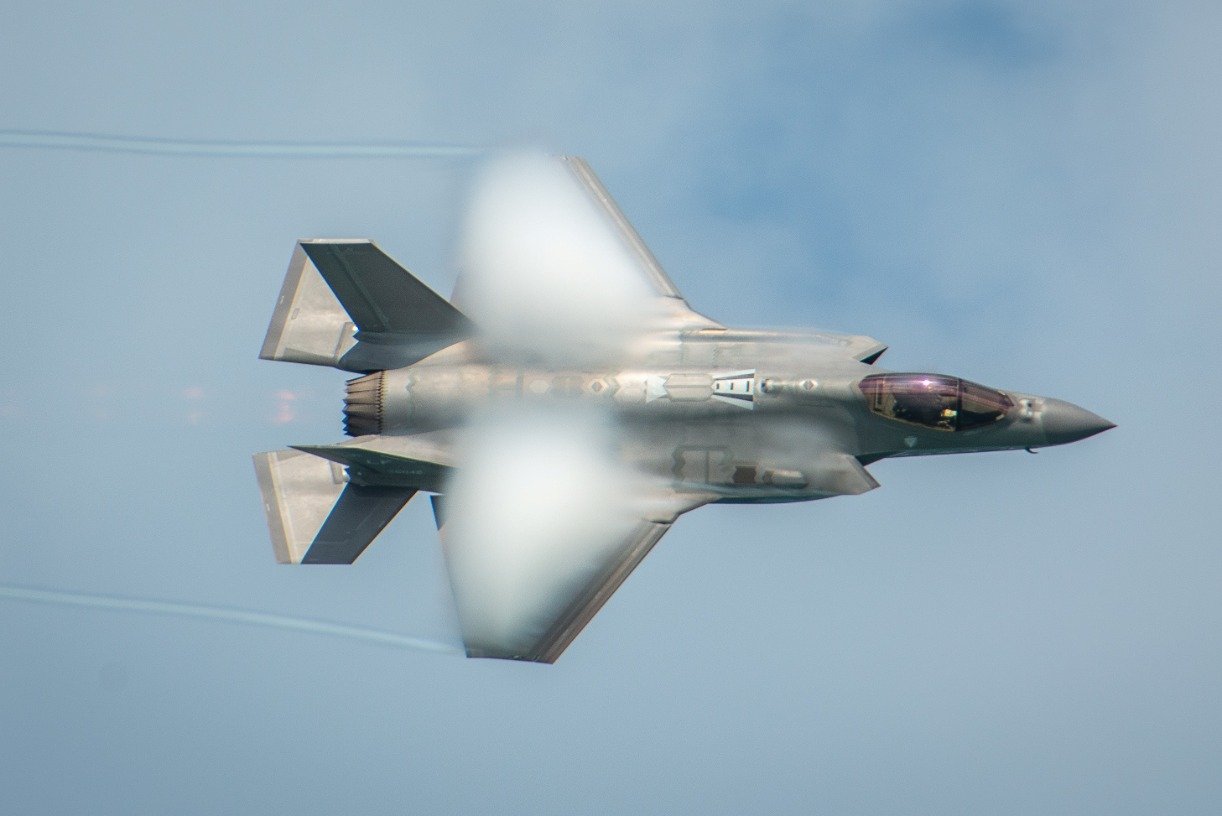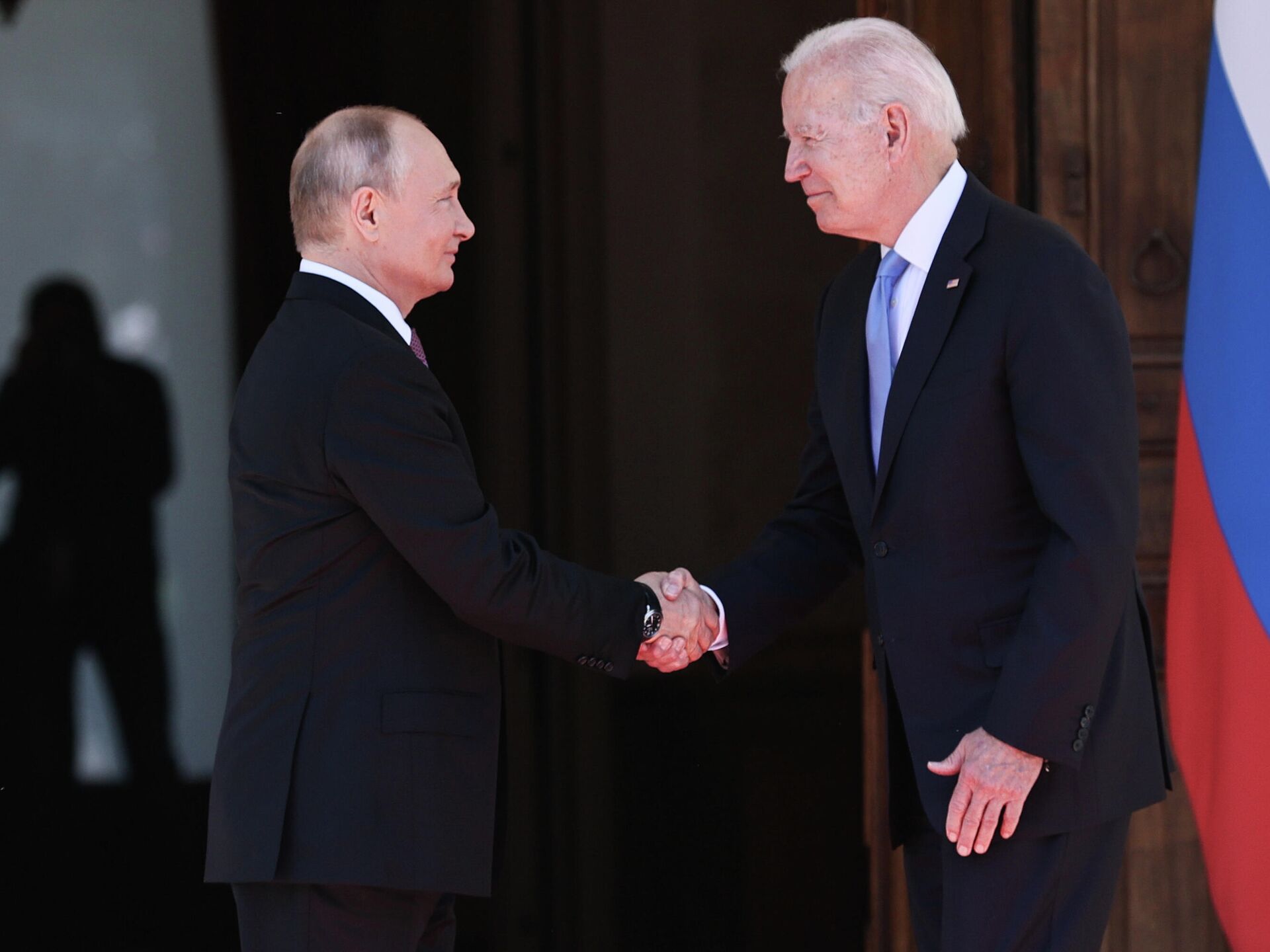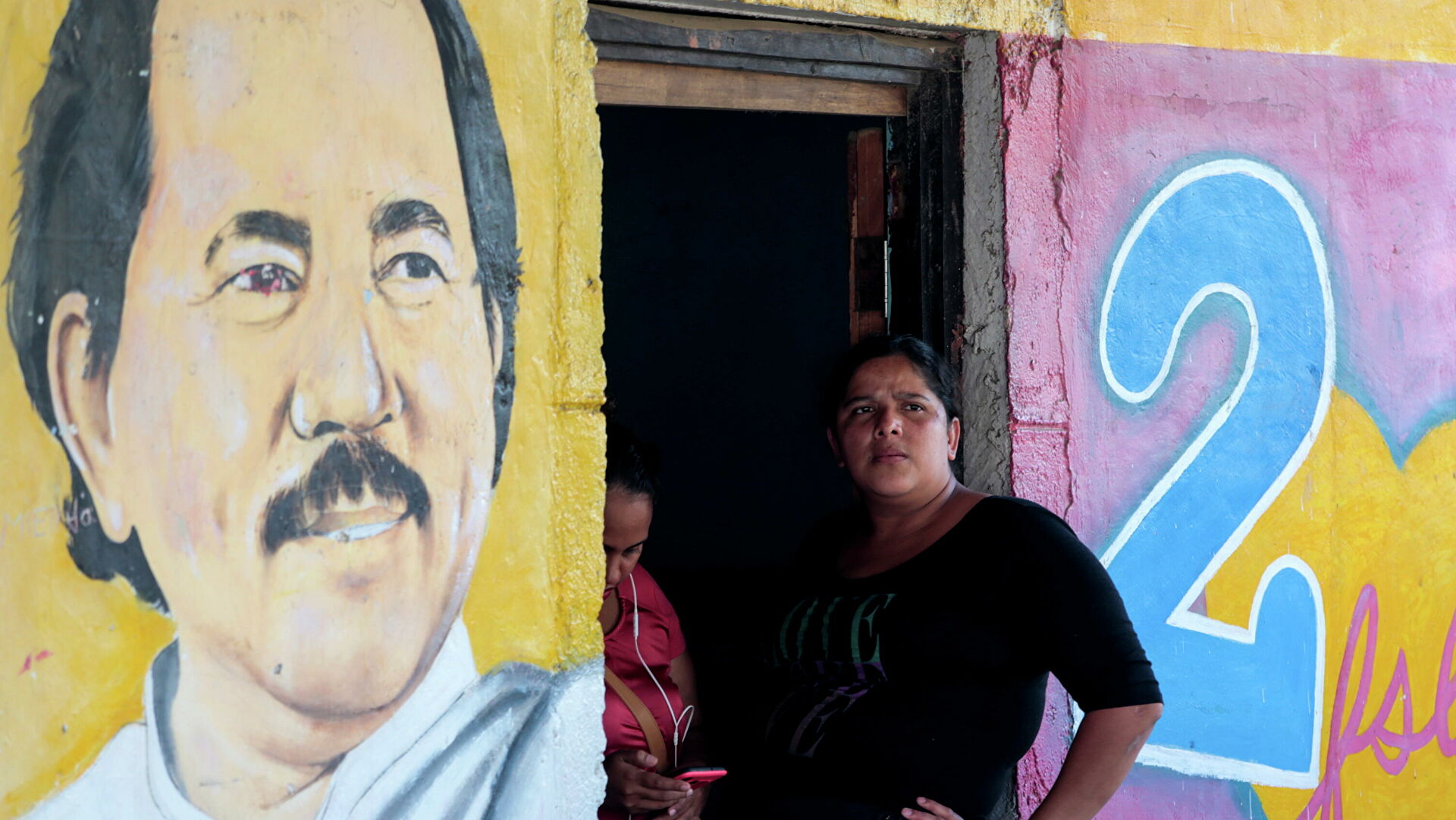
Konstantin Avramov
Konstantin Avramov, CGI's Program and Research Director, has an extensive background in Russian-American relations. He holds a Ph.D in Russian and American history from the University of Kansas and a master's in Russian and East European studies from the University of Oregon.
Upon entering room #33 of the Tretyakov State Gallery in Moscow, one is drawn to a painting of a seated figure. At first glance, it appears the figure is one of a young man, his face in deep reflection. Only after reading the title does one learn the true identity of the young man: he is in fact a demon. The painting, by the late-19th century Russian painter Mikhail Vrubel, poses some fundamental questions about what it means to be human, and what is good and evil. By depicting the demon as simply a young man Vrubel manages to humanize what we largely see as inhuman.
The current state of U.S.-Russia relations has reached a point of inhumanity, with both sides accusing each other of demonic acts. Russia blames the U.S. of breaking down world security by fomenting war in Ukraine, funding terrorists in Syria, and destroying countries like Libya. On the other side, the U.S. accuses Russia of invading Ukraine and supporting separatists that shoot down civilian aircrafts, while threatening the world with nuclear war. The Russians point to their own cultural and moral uniqueness as part of the Russian world that stands as a vanguard to true morality, in opposition to the "decadent" and "rotting" Western world. In turn, Western rhetoric portrays Russia as increasingly out of touch with the progressive world, a country where xenophobia and homophobia reign supreme.
This current cycle of blame and counter-blame is threatening to push already tense relations into a full out freeze for decades to come, making the bilateral relationship progressively less human. Yet it is in precisely these times that both sides are choosing to limit or eliminate the human connections that helped make an end to the Cold War possible. In December 2012 Russia banned the adoption of Russian children by American citizens; in October 2014, it suspended the FLEX program that allowed tens of thousands of Russian high-school students to study in the United States. Overall, the number of Russian students in the U.S. dropped by 27.7% between 2001 and 2012.
Meanwhile, the United States Congress cut funding for the Fulbright Program and the Title VIII programs for the study of Russia and Eastern Europe in early 2014. These included the popular Foreign Language and Area Studies program, which allowed American students to study foreign languages abroad, including in Russia. Because of the geopolitical climate, Stanford University suspended its cooperation with the Russian Presidential Academy of National Economy (RANEPA) that allowed American university students to study in abroad in the country.
In many ways the Cold War was cultural in nature. At the time of the Berlin Airlift and the Cuban Missile Crisis, both the United States and the Soviet Union also waged battles for the hearts and minds of their own citizens, as well as those on the other side of the Iron Curtain. Various forms of soft power stood at the center of this struggle.
Cold War cultural competition sought to convince populations around the world of the rightfulness of each country's respective system. Yet these same cultural and academic exchanges, while part of the Cold War competition, had a humanizing and thus deescalating effect on both sides. American exhibitions, sponsored by the United States Information Agency, toured the Soviet Union on and off from the late 1950s to the 1980s. Despite their goal of showcasing American prosperity, their greatest impact rested in putting a human face on Americans often portrayed in demonic terms by Soviet propaganda. American guides were the real stars of the exhibitions, and received the most positive and energetic reactions from Soviet people almost everywhere they went.
On the other hand, it was the cultural and academic exchanges that allowed Americans to see Soviets as real people. These included Soviet dancers, orchestras, ice shows, circuses, movie, and art exchanges. The most lasting, however, were the people exchanges. Many years later many American scientists and other academics, remembered their time in the Soviet Union with fondness - not for the system, but for the Soviet people with whom they made lifelong friendships.*
So in the spirit of the New Year, instead of cutting, both sides need to drastically increase these vital human contacts that have played such an important role in US-Russia relationship. Let us take an example from Vrubel and humanize something that, at the present time, seems so inhuman.
* For some examples see Samuel H. Baron and Cathy A. Frierson., eds. Adventures in Russian historical research : reminiscences of American scholars from the Cold War to the present (New York: M.E. Sharpe, 2003)



_jpg/250px-ElbeDay1945_(NARA_ww2-121).jpg)









